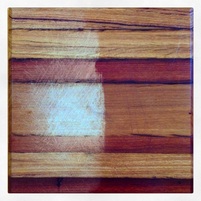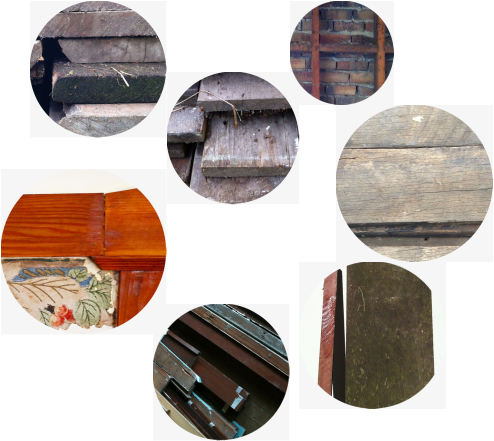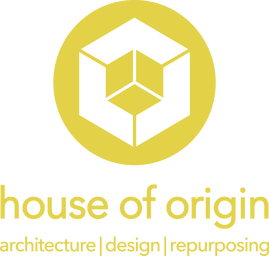1I love my new cutting board, how can I keep it clean? |
All of the boards in our current range are made of timbers sourced exclusively from House 2067, a Californian Bungalow built in 1919 from mixed timbers & recently renovated. This means they are not just recycled, they have an authentic house of origin.
With a little love, you can preserve their House of Origin and carry on enjoying these magnificent materials for years to come. Your board is made from seasoned hardwood and after years it has become fairly thirsty. So, to keep it looking beautiful, simply oil your board every few month by applying regular grape-seed oil, available from your supermarket, with a paper towel. Let it stand for 20 minutes or so and then wipe off any excess before your next chop. After each use give it a gentle rinse with warm soapy water and stand it up to dry. ---------- VERY VERY IMPORTANT ---------- Please, never, ever, soak or leave ANY of our timber boards standing or soaking in water. The timbers are very well seasoned, but they are still timber. They are not sealed with harsh chemicals, only oil. They are sturdy and robust, but they need a little love every now and then to ensure their longevity. |
2is it safe to cut on timber? |
Timber has natural anti-bacterial properties.
In fact, according to a study carried out by the Food Safety Laboratory of UC Davis, timber chopping boards performed far better at not retaining bacteria than plastic ones, even once they have been used and scored. They performed even better after being thoroughly cleaned and oiled. "We soon found that disease bacteria such as these [Escherichia coli O157:H7 and Salmonella] were not recoverable from wooden surfaces in a short time after they were applied, unless very large numbers were used. New plastic surfaces allowed the bacteria to persist, but were easily cleaned and disinfected. However, wooden boards that had been used and had many knife cuts acted almost the same as new wood, whereas plastic surfaces that were knife-scarred were impossible to clean and disinfect manually, especially when food residues such as chicken fat were present." For more information, read here: http://health.ninemsn.com.au/whatsgoodforyou/theshow/694161/which-chopping-board-is-worse-for-spreading-germs and for some additional info on care and maintenance, see this link: http://blog.probacto.com/facts-about-chopping-boards-you-should-know-but-didnt/ |
3will my board shown knife marks after use? |
As you use your board for cutting, chopping or dicing, over time your board will get very fine knife marks.
With regular care and oiling, your board will remain beautiful and these will blend in over time and become part of the patina of the board. If it is looking a little lacklustre, just give it another oil. The timber is old and thirsty so don't be shy with the oils. Think of it like that old leather jacket you love, precisely because it shows it's age so beautifully. Your timber is unlikely to come off in big chunks like the cheap, bamboo boards or bits of plastic from plastic boards. |
4can we reuse some timbers from our project? |
House of Origin would love to make something for your home, from your home.
If you are not interested in utilising any/all of the surplus materials, then House of Origin would seek to come to an arrangement with our clients and builders to make the most of the materials available. |
5what to look for |
You almost certainly can find something of interest and use in your home/development, assuming a few points and depending on the intended use:
|
6where are we likely to find suitable timbers for repurposing? |
The following areas are where you are most likely to find nice, well seasoned and chemical-free timbers:
|
7what else can we reuse or repurpose? |
There are many element throughout the construction of a building that can be thoughtfully re-purposed, with a little care, respect and attention.
Namely:
|



